One of the most talked about automotive brands when considering electric vehicles is Tesla. This is a company that’s leading the future of electric vehicles and there is no doubt about its popularity. Their cars feature state-of-the-art technology and sleek designs, while also having little to no emissions, making them a great choice for environment-friendly transportation. They are quickly becoming one of the most popular choices for those wanting to embrace eco-friendly car ownership. If you’re considering investing in an electric vehicle, Tesla should definitely be at the top of your list. From model types to, charging time, and cost, this guide will provide you with all the information you need when it comes to purchasing a Tesla electric car in Australia.
Why Go With Tesla?
Tesla Cars are a popular choice for those hoping to make the switch from traditional gasoline-powered vehicles to electric ones. The shift away from Internal Combustion Engines (ICEs) is being made largely due to cost efficiency and environmental concerns, and Tesla has become a well-respected brand in this industry. With their high performance and lower impact on the environment, Tesla cars are an attractive option for drivers looking for efficient yet enjoyable personal transportation.
Among all the electric cars currently on the market, Tesla vehicles are at the cutting edge of technology. Tesla offers numerous advantages, such as lower operating expenses, no emissions and zero or low congestion charges due to their electric powertrain. As well as this, they provide smooth, quiet rides and great acceleration performance.
Tesla cars are setting the standard when it comes to electric vehicles. With market-leading on-board software and regular “over-the-air upgrades”, Teslas are pushing the boundaries of what is possible with EVs. Tesla’s extensive charging infrastructure also makes them a great choice for EV owners, as there are many powerful charging stations popping up around the country.
Things You Should Know Before Buying A Tesla Electric Car
There are a number of factors that you should know such as software upgrades, charging systems and other such things so that you can remain happy with your selection. You should consider all common considerations that apply to every EV buying guide.
- Price: The first and most important factor that you need to decide on is your price bracket. You have to calculate which model of Tesla is coming under your budget. It is true that electric cars are environmentally friendly but for most individuals, it is not budget-friendly. Drivetrain and battery pack system push EV prices. Thus planning your budget before making a final selection will be a wise decision.
- Software Updates: EVs are manufactured with the latest technology and manufactured on a timely basis. Keep on updating the software to offer better performance to car owners. Thus, when you become an owner of a Tesla car, you should keep a timely software update in your mind. Tesla offers small and large updates frequently. Depending upon the type of software update Tesla will charge a little money.
- Driving Range: You should consider the driving range before making your final decision. Each model of Tesla electric car is different and you should choose one that fulfils your speed desire. Also, you should not only trust the company’s claimed driving range. Try to get real-world reviews from the individuals who are driving that model.
- Battery Life: The most important element of electric cars is the battery pack and this is expensive too. Thus you should check the battery life before investing in that model as replacement of the battery pack is expensive. Prefer to go with the higher battery life so that car maintenance cost goes down.
- Charging Options: Tesla electric vehicles come with different charging infrastructure systems such as wall connectors, mobile connectors, superchargers, and destination charges. You should charge your vehicle according to the route planned to avoid any charging issues during your journey. By entering the destination address on the Map & Navigation app on the touch screen of the car, it will guide you to the nearest available Supercharger on your way.
- Operating Process: Tesla offers a central touchscreen controlling system. You can control some of your car functions with a touchscreen. Audio system, mapping, controlling inside temperature (front and rear), etc. can be easily operated from the touchscreen of a Tesla car.
- Financial Incentives for Buying a Tesla: In Australia, buyers of electric vehicles can take advantage of a range of financial benefits. In many states, the Government provides tax exemptions on electric cars or rebates on registration fees and other costs associated with electric vehicle ownership. Additionally, some utility companies offer discounts on electricity costs for those charging their Tesla cars at home. These savings can add up quickly and make owning a Tesla even more affordable!
Tesla EVs Available in Australia
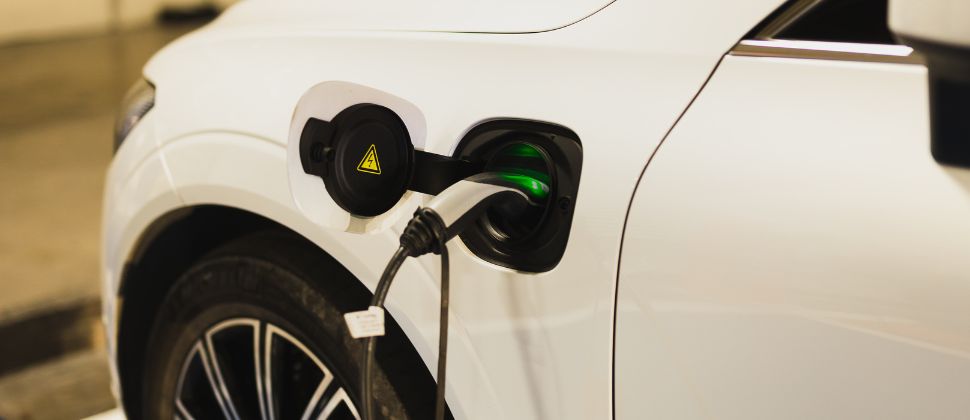
Tesla offers a wide range of cars at varying prices. The Model 3 is the most affordable car in their range, starting at around $72,000. It has an all-electric range of 500 kilometres and its autopilot system will take you from point A to B without any human interaction. For those looking for more power and speed, the Roadster can reach a top speed of 250 mph and its fully-charged battery offers a driving range of up to 1000 km. Prices for this model start at around $215,000.
The Tesla Model S is the flagship model which was introduced in Australia, back in 2014. The plus point about this model, along with speed, the comfort of passengers is not compromised. This model comes as one of the fastest accelerating cars as acceleration ranges from 0 to 100 km/h just in 3.2 seconds. The sleek and aerodynamic design of the model catches everyone’s attention. From the safety point of view, the critical parts of this car are made of boron steel so that it can protect the inside occupants. 6 airbags protect passengers from any mishap and the high-voltage power source gets disconnected automatically. From the release of this model, Tesla is working on this model and till now they have launched two versions namely Model S and Plaid.
The Tesla Model X mid-size SUV is renowned for its distinctive “falcon-wing” rear passenger doors. It comes with a range of up to 560 km and an acceleration of 0-100 km/h within 3.9 seconds from entry-level to the Plaid 536 km with an acceleration of 0-100 km/h in 2.6 seconds. As safety is central to the Tesla experience, all models come standard with Autopilot driving assistance – enabling automatic steering, accelerating and braking within the lane with driver monitoring at all times.
Tesla’s Model Y is a compact crossover vehicle. For its design, the Model 3 platform is used. While it can fit up to seven passengers in other markets, in Australia, it only holds five people. Two variations of Tesla’s Model Y are available; Rear-Wheel Drive and Performance. The range for the Rear-Wheel Drive model is 455 km and its peak speed is 217 km/h. On the other hand, The Performance model has an impressive range of 514 km and an even faster top speed of 250 km/h.
Cost Of Tesla Cars In Australia
Teslas are known for their sleek design, advanced tech features, and eco-friendly approach to car transport – but at what cost? If you’re considering a Tesla for your family car needs, understanding the costs involved can help you make an informed decision. We’ll look at the prices of each model available in Australia.
In Australia, most commonly Tesla EVs are sold in three different models – the Model 3, Model S and Model X. Model S is available in both standard and Plaid editions and its pricing starts at $147,990 for the standard model and skyrockets up to $186,990 for the Plaid Edition.
All models come with hardware enabling them to autonomously drive on highways. Of course, Higher performance features can be added such as more driver-assistance features, Autopilot (Tesla’s semi-autonomous driving system) and Full Self Driving Capability (allowing for completely autonomous driving).
Depending on the features selected supplementary expenses may apply. Additionally, maintenance costs should be taken into account when considering a Tesla purchase; these vary depending on how long you intend to own your car.
| Tesla Model S | |
|---|---|
| Variant | Approx Price |
| Long Range | $155,233 |
| Plaid | $216,658 |
| Tesla Model X | |
|---|---|
| Variant | Approx Price |
| Long Range | $182,784 |
| Plaid | $216,609 |
| Tesla Model 3 | |
|---|---|
| Variant | Approx Price |
| Standard Range Plus | $67,798 |
| Long Range | $84,131 |
| Model 3 Performance | $88,900 |
*** These are not the fixed prices. It can vary, so you should check the official website of Tesla.
Maintenance Costs for Tesla Cars
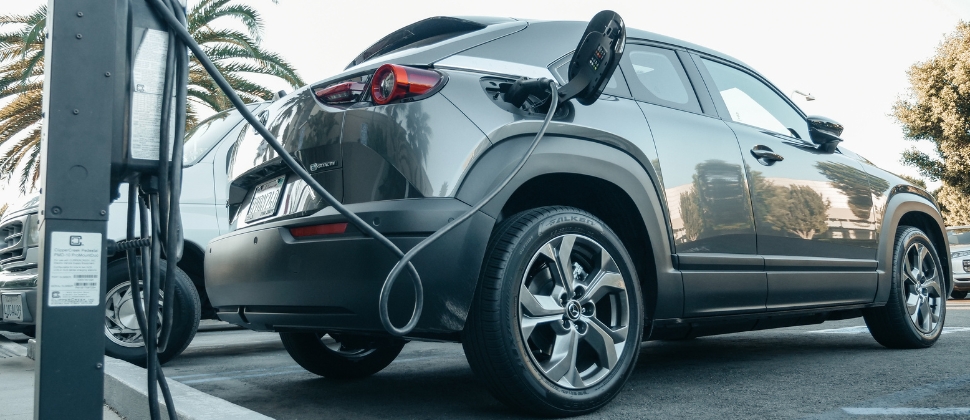
It’s important to consider the ongoing maintenance costs of a Tesla vehicle when deciding whether it is a good choice for you or not. Maintenance costs vary depending on the model and length of ownership. Generally, an oil change and diagnostic check cost up to $1000 AUD every two years, while full-service brake replacements cost around $760 AUD per axle. An annual wheel alignment should also occur costing approximately $400 AUD. Be sure to consider these additional costs when looking into getting a Tesla car in Australia!
Additionally, Tesla cars have advanced autopilot software which requires constant updating and repairs. Frequently, these updates cost around $5–$20 AUD per month depending on the type of service required. On top of this, a select few luxury features such as adaptive cruise control or advanced parking assistance are available to be fitted with vehicles after purchase at an additional cost. Depending on the feature, you can expect to pay between $200 – $1500 AUD for installation and yearly subscription fees for service updates. With all of these additional costs to keep in mind, doing research and taking your time to understand all the associated charges will ensure that you make an informed decision.
| Maintenance Item | Cost |
|---|---|
| Tire rotation | $35 to $100 |
| Wiper blades | $20 to $50 |
| A/C service | $50 |
| Full service | $475+ |
| Brake system flush | $100 to $110 |
| Cabin air filter | $60 to $200 |
| Common Repairs | Service Schedule |
|---|---|
| High-efficiency particulate air (HEPA) filter | Every 3 years |
| Air conditioning service | Every 3-6 years varies with model |
| Brake system flush | Every 2 years |
| Cabin air filter | Every 2-3 years varies with model |
| Brake calliper replacement | Every 1 year or after 12,600 miles |
| Tire rotation and wheel alignment | Every 6,250 miles |
| Winter care | Every year or after 12,500 miles |
| Full-service inspection | Every 1 year |
***These prices are just for information purposes. It can vary depending on the situation.
Compare Tesla Model Options and Prices
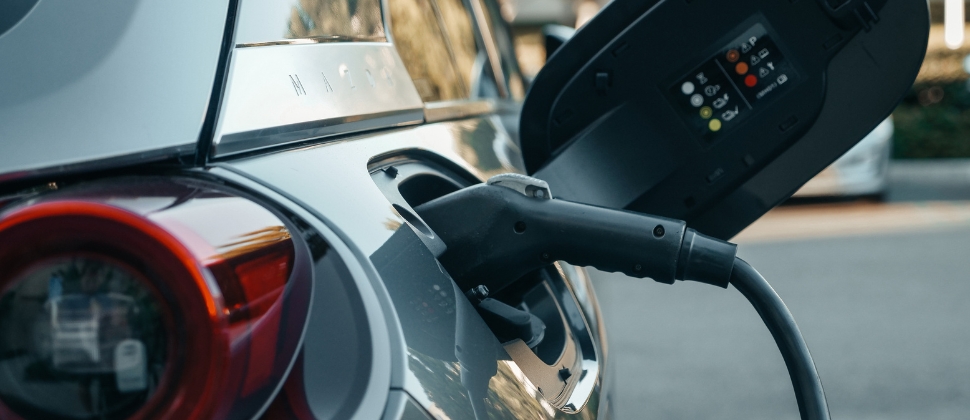
It’s important to compare the prices of different models when looking to buy a Tesla car in Australia. Prices will vary depending on the size, range and performance of the car. For example, the Model S costs around $125,000 while the more expensive Model X is priced at around $135,000. Compare features and prices before making a decision that best meets your needs and fits your budget.
Tesla cars can also be customised when ordering online. Specialty exterior paint and 21″ alloy wheels, as well as a full self-driving package, can all be added for an additional cost. The Full Self-Driving package includes Autopilot convenience features such as automatic emergency braking, blind spot monitoring and more. Be sure to factor in extras such as destination charges and taxes which can range between $3,000 and $4,000 before committing to buying the car of your dreams.
Tesla Electric Car Charging Time and Stations in Australia
Before going into the specifics of Tesla electric car charging times, it’s important to understand some basics of charging an electric vehicle. Generally speaking, most electric cars can be charged at level 1 (standard 120V AC) or level 2 (240V AC) outlets, with dedicated EV chargers providing faster charge times than conventional sockets. The type of charger you use will have a direct impact on how long it takes to charge your EV.
There are three main types of charging when it comes to Tesla electric cars in Australia. The standard home charging options are level 1 (120V AC) and level 2 (240V AC). These provide a slower but consistent charge rate and are the perfect choice for commuting or running errands around town. Dedicated EV chargers can be found at many public stations, providing faster charging times than conventional sockets. Tesla also provides its own network of Supercharger stations throughout Australia, delivering the fastest charge time available with up to 200kW power potential.
| Charger Type | Estimated charging time (0–100%) |
|---|---|
| Wall outlet (2.3kW) | 32 hours |
| Tesla Wall Connector (11kW) | 6.5 hours |
| Tesla Supercharger (250kW) | 20 minutes |
*** This information is just for the Tesla Model 3 RWD.
Level 1 charging is the slowest option but will cost you very little with no installation fees. Level 2 chargers can be installed in your home, garage or workplace and are the most common type of electric vehicle charger in Australia. Installation costs for charging points vary depending on the product, speed, and output capability. Dedicated EV chargers at public stations offer faster charging times than conventional sockets and may be more convenient during your travels around Australia. Tesla’s Supercharger network offers the fastest charge times available as well as covered parking bays and exclusive green energy. This network is available across major cities such as Sydney, Melbourne, Brisbane and Adelaide with plans to expand further in 2021 and beyond. $0.51 per kilowatt-hour is the current price of a Tesla Supercharge Battery in Australia.
Home Wall Units are the most common way of recharging electric cars for Australians. Most Tesla models come with a DC Type 2 charger designed as a wall-mounted home unit. These units can provide up to 11kW or 3-phase power that charges a car in around 7 hours depending on conditions such as temperature and available power outputs; 15A, 20A or 32A slow charging. Public charging is becoming more easily accessible in many areas of Australia with Destination Chargers at hotels, retail outlets and other public spaces providing a rapid charge of up to 120kW, capable of recharging a Tesla battery in approximately 30 minutes.
There are several charging stations scattered around Australia where Tesla car owners can quickly and conveniently charge their cars. In Sydney, The ICC Car Park offers Tesla drivers access to a range of charger types with chargers ranging from the basic four-pin type to the more powerful DC Supercharger. The Melbourne CBD also boasts several charging stations including easily accessed chargers at Carlton Gardens and Albert Park Lake. Finally, Brisbane has multiple charging stations in areas such as South Bank and Fortitude Valley, making it easy to charge up before embarking on longer trips.
Factors Impacting Electric Charging Times in Australia
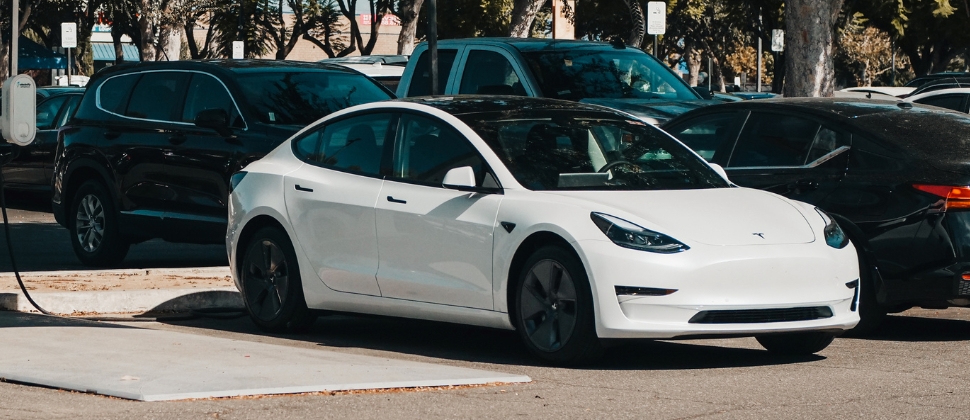
The charging time of electric vehicles varies on several factors. Here we would like to describe some of the influencing factors.
- One of the most important is the type of charger being used; simple four-pin outlets take longer to charge a car compared to more powerful DC chargers. They may be more convenient or available in areas without a DC Type charger.
- SoC (State of Charge) is the percentage at what level your car battery is charged. You can relate this to a fuel gauge. Car batteries charge quickly when they are nearly empty meaning the car battery is under low SoC conditions. Let us explain to you in simple terms. For example, you can easily find a seat in an empty movie theater, but as soon as it starts filling, it becomes hard to locate your seat. In the same way, electrons work. When they find an empty seat to fill they work quickly and the battery will get charged fastly. Whereas high SoC implies more charging time.
- Next, the temperature of the battery influences its charging time. Just like the Goldilocks principle, EV batteries prefer the right temperature for charging. Battery Management Systems (BMS) are inbuilt into EVs which work for the safety of batteries. This works as the brain for the battery and follows a thermal management system to keep the battery at optimum temperature. If it’s too cold outside then the battery will not charge speedily. Also if outside weather is too hot then the charging speed will be slow.
- The level of the charger also influences the charging time. There are three EV chargers. Among them, Level 1 charges the slowest and takes nearly 40 hours to completely charge an EV car. And Level 3 is the fastest charger also known as DC fast charger which can completely charge an electric car in just 30 minutes. Mostly you get a Level 1 or Level 2 charger for charging at home and Level 3 is available at public charging stations.
- Also after some time the battery will start deteriorating which will affect the charging speed. These batteries come with certain years of warranty which will vary with each model as each specification and manufacturing is different. Most manufacturers offer eight years of warranty or 100,000 miles run battery guarantee. However, if your car battery starts deteriorating before the stated time period then you can contact the manufacturer.
How Much Does It Cost to Charge an EV?
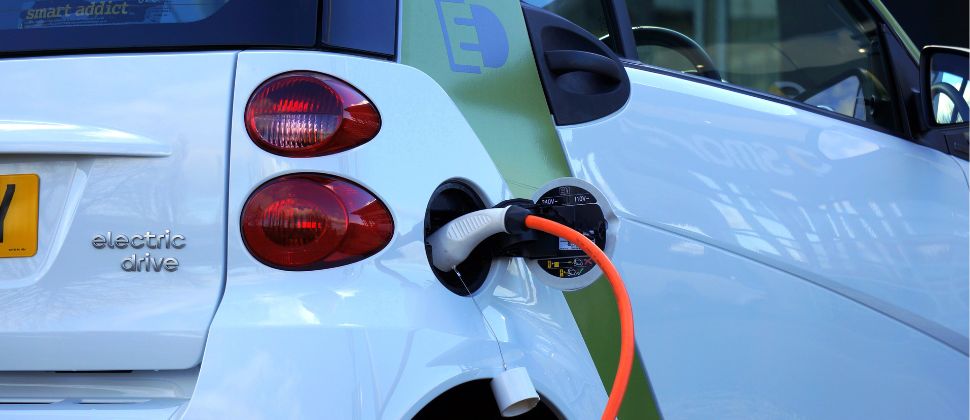
As users are switching more to electric cars, we would like to explain to you the cost, both for home and road, associated with the charging of electric cars.
There will not be any fixed answer to this as each model has a different battery and every charging site has a different rate. Also when you talk about charging costs at home then its cost will also vary depending upon the time of day you will charge your car.
Also, some of the outside charging stations charge an extra fee in terms of idle fees when the car is left inside the electric space after complete charging. But you will also find a number of charging stations that are free including Tesla Destination Chargers which both Tesla car owners and non-Tesla car owners can use up to 22kW of power.
On average, you need to pay between $11.50 and $22.50 to charge a small electric car that can travel 100 kilometers. But this price also depends on where you are charging, what is the SoC of your EV and the type of charger.
Charging a Tesla electric vehicle is typically done at home using the included Tesla Wall Charger, or via public charging station locations such as Destination Chargers or Superchargers. The official Tesla Map feature in-built in cars shows the availability of all charging stations near you, including both Destination and Superchargers. Destination Chargers offer convenient charging while at hotels and restaurants, while Superchargers are higher-powered locations used to efficiently charge during long trips.
Tesla owners hoping to reduce costs by charging in off-peak hours. However, on average charging your Tesla at home would cost between $10.90 and $12 for every full charge.
Charging a Tesla can be relatively inexpensive, costing approximately $27 for 400km at the Supercharger Network. Moreover, it’s important to keep in mind that the rate per minute will differ depending on the strength of the charge delivered–the least expensive rates come from 60kW and below, while 180kW and above will cost more.
Tesla owners who purchased their Model S or Model X prior to 2017, have access to free Supercharging of the cars for life. This means they do not have to incur any additional cost when it comes time to charge up their cars.
| State | Reference rate – c/kWh (flat rate) | Charge cost (60 kWh battery) |
|---|---|---|
| ACT | 30.3270 | $18.50 |
| VIC | 24.4440 | $15.67 |
| QLD | 25.8170 | $16.49 |
| NSW | 31.2363 | $19.74 |
| SA | 40.1830 | $24.25 |
***These prices are not fixed. They are just for information purposes. It may vary with time and other influencing factors.
Final Word: Tesla At A Glance
When purchasing a Tesla car in Australia, be sure to do your research. Make sure you are aware of the available models and their features, as well as any special offers that may be available. Also, research the servicing costs associated with different models as these can vary significantly. Look into any financing and leasing options that are available to make affording your new Tesla more manageable.
You also need to look into the cost of long-distance travel using a Tesla. According to Tesla Australia, long-distance trips with a Tesla can cost substantially less than petroleum-based vehicles as per kilometer charge costs. Before committing to a purchase, make sure you thoroughly research any available incentives such as tax breaks and subsidies. Be aware of any up-front costs associated with registration fees and stamp duties in your state or territory.
Lastly, be sure to read through the manufacturer’s warranty provisions before signing on the dotted line so that you know what is covered and for how long.
⇒ Recommended – Check here list of Best Used Car Dealers
Frequently Asked Questions
Who owns Tesla?
Tesla is majority owned by the company’s CEO and founder, Elon Musk. He currently owns approximately 20% of the company, with several other institutional investors also holding significant stakes in Tesla.
How do you buy Tesla shares in Australia?
To buy Tesla shares in Australia, you will need to open a share trading account with an online broker. You can then deposit funds into your account and place an order to buy Tesla shares using the broker’s platform. The process is simple and secure and takes only a few minutes.
Why are Tesla shares falling?
Tesla’s shares have been falling due to several factors. These include a lack of progress on their autonomy and battery projects, intermittent product quality issues, a sharp rise in competition from traditional automakers such as Volvo and Ford, and the economic uncertainty caused by the coronavirus pandemic, among other things.
How long does a Tesla charge last?
The average Tesla battery lasts between 200 and 300 miles on a single charge depending on the model and how you drive. With proper care and maintenance, it should last up to 500,000 miles or up to eight years.
What is an electric vehicle (EV)?
An electric vehicle (EV) is a type of vehicle that runs on electricity instead of gasoline. EVs are powered by batteries and have an electric motor, which means they don’t require any fuel to operate. EVs can be relatively more environmentally friendly than conventional vehicles since they emit fewer emissions and can use renewable sources of energy, like solar or wind power.
Are electric vehicles efficient?
Electric vehicles are considered much more fuel-efficient than traditional gasoline or diesel powered cars. They produce fewer emissions, use less energy and produce lower running costs than their internal combustion engine counterparts. Additionally, they don’t require regular oil changes, tune-ups or other maintenance procedures like conventional vehicles do. As a result, electric cars offer significant environmental and financial benefits over the long term.
Is Tesla the best EV to buy?
While Tesla may be producing some of the most advanced and feature-rich electric vehicles (EVs) on the market, it is not necessarily the best option for all car buyers. Many other manufacturers have released EVs with comparable features at a more affordable price point and so it is important for consumers to consider all their options before investing in a new car.
What is the lifespan of a Tesla electric car?
Tesla electric cars are engineered to be considerably more durable and longer lasting than conventional gasoline-powered cars due to their lack of mechanical parts and energy efficient design. With proper maintenance, a Tesla car battery can last up to 300,000 miles or even more.
What does it cost to replace a Tesla battery?
Replacing a Tesla battery costs around $12,000 depending on the model. This includes parts and labor, with the majority of the cost being parts. Tesla also offers battery repair services starting at around $2,000 for minor damage and up to $6,000 for more serious repairs.
What happens if my Tesla runs out of battery?
If your Tesla battery runs out of charge and you can’t reach a charger, you should call Tesla Roadside Assistance. They will help provide transportation to the nearest charging station or tow the car to your preferred service center if necessary.
Which EV is the best value for money?
When shopping for an electric car, it’s important to consider both factors such as cost and performance. While many manufacturers offer luxury electric vehicles with a hefty price tag, there are also plenty of more affordable models that offer excellent value for money. Factors to look out for include range, battery size, and features like camera-assisted parking or wireless charging. Ultimately, when choosing an EV, you should prioritize convenience and value for money over flashy features.
How much are Tesla electric cars in Australia?
Tesla electric cars are available in Australia with prices ranging from approximately A$77,900 (Model 3 Standard Range Plus), A$107,100 (Model Y Long Range) to A$182,700 (Model X Performance).




